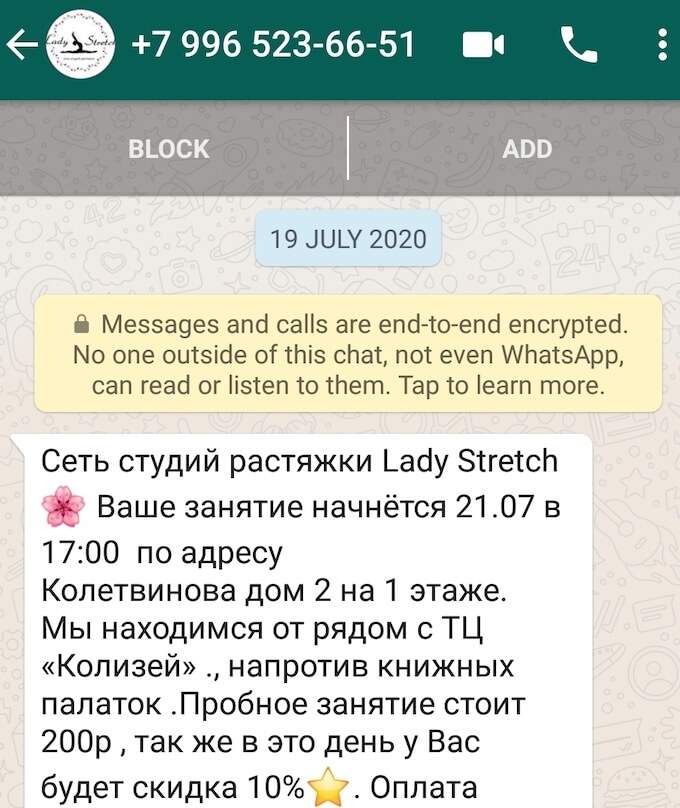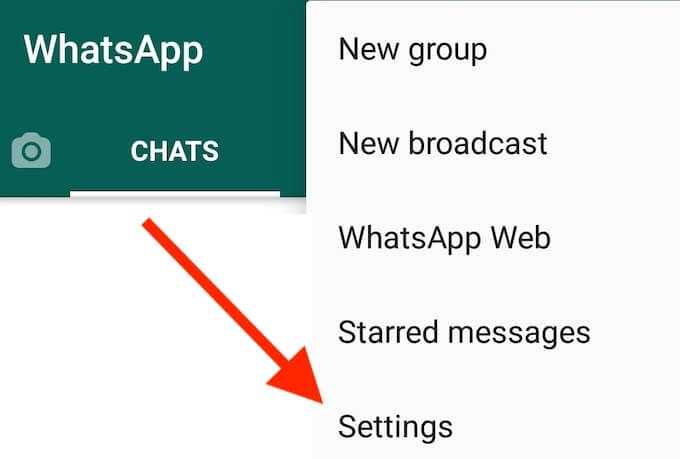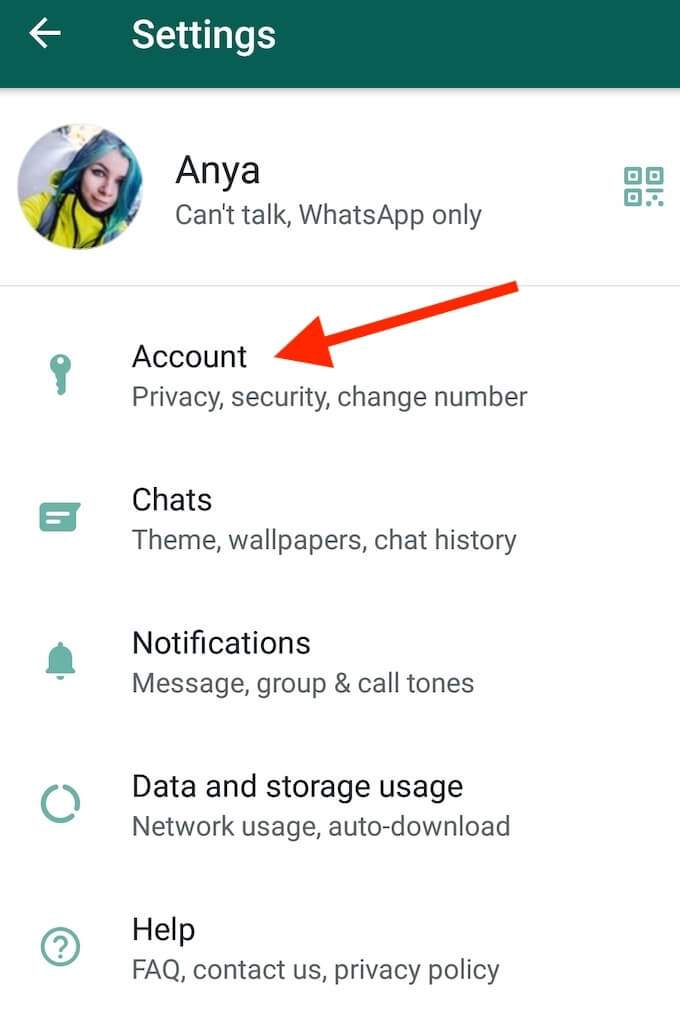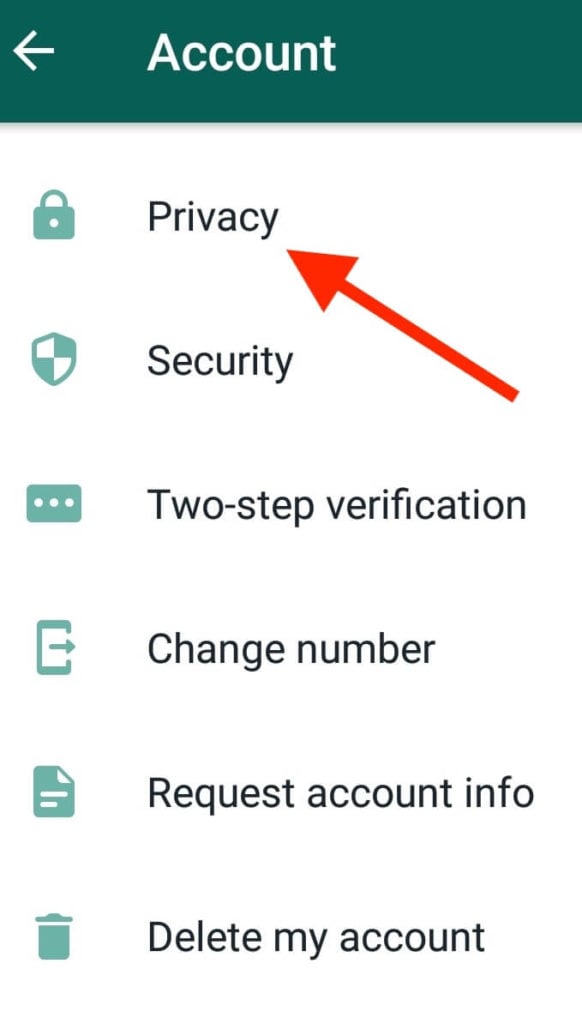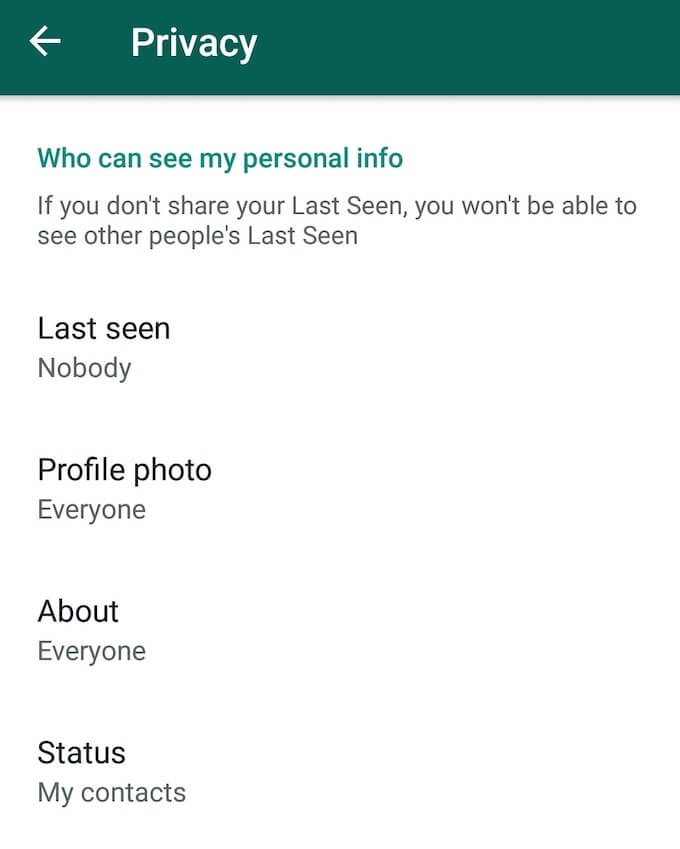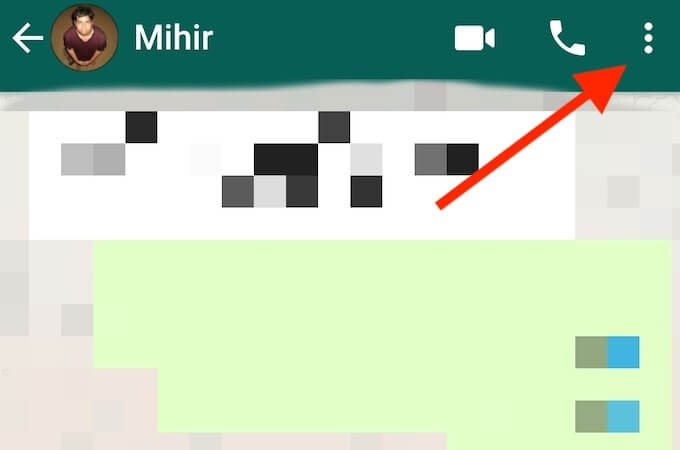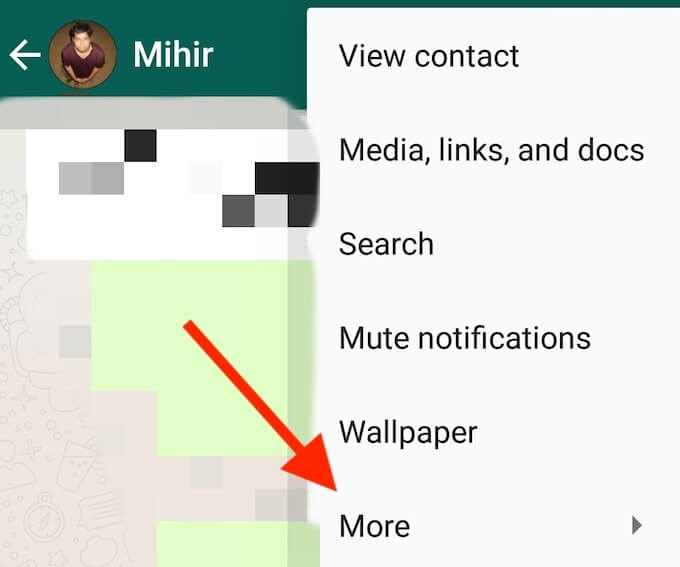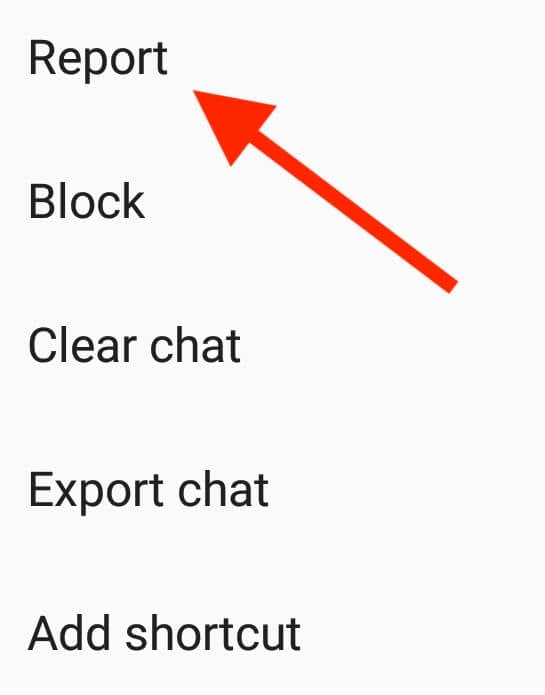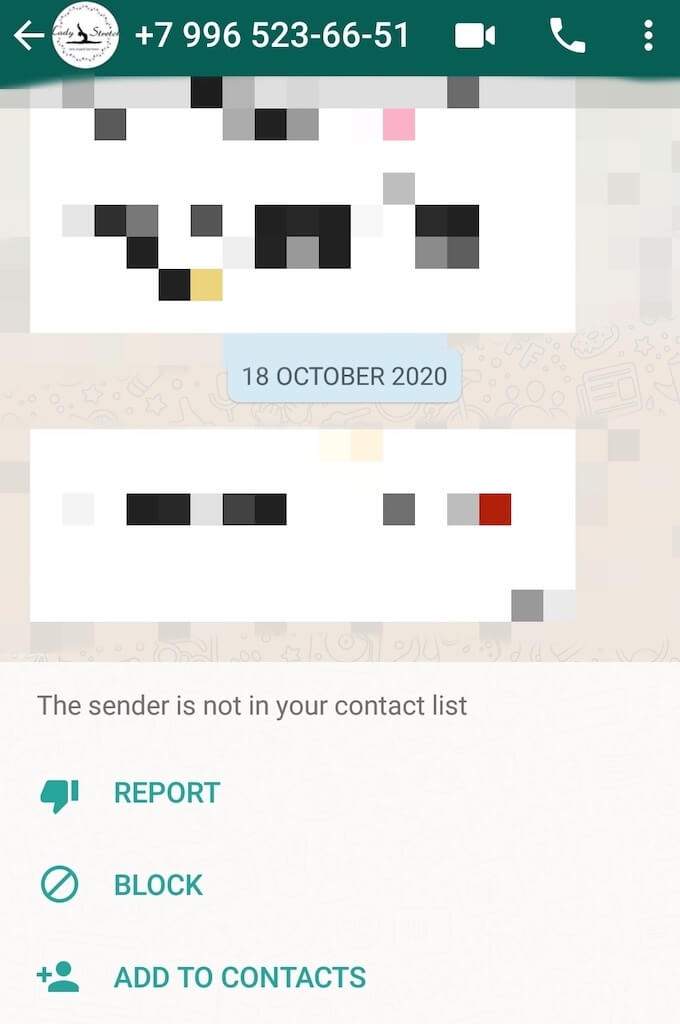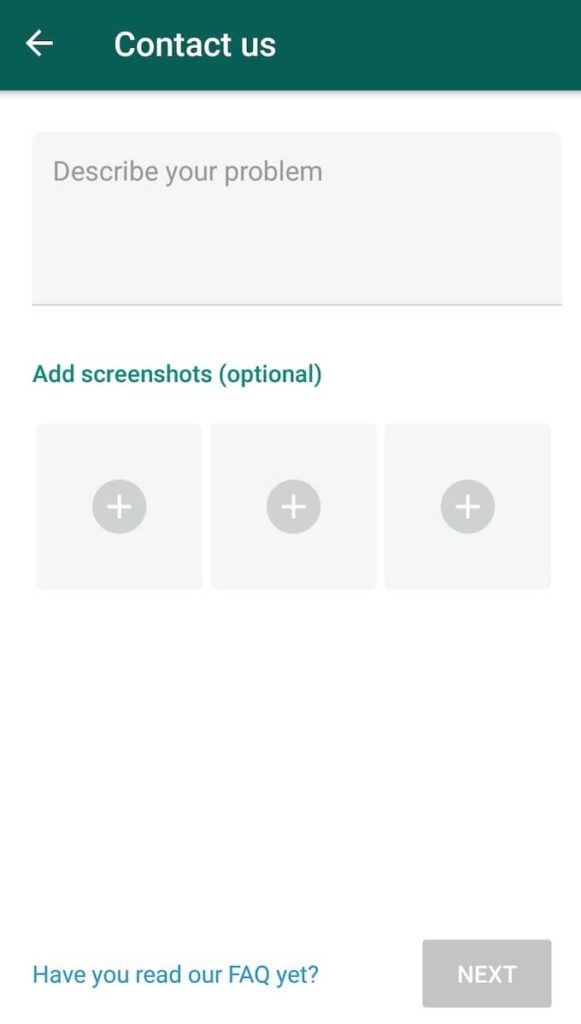Spam messages on WhatsApp contain malicious content used to get a hold of your personal information via your smartphone. WhatsApp spam comes in all shapes and sizes: from online scams to phishing attempts, to false advertisements. Learn how to identify WhatsApp spam messages and take preventative measures to protect your online privacy while using the app.
How to Identify Spam on WhatsApp
The first step to dealing with WhatsApp spam is identifying it among other messages that you receive on the app. Here are some of the most common types of spam messages on WhatsApp and how to spot them.
Bad Grammar & Spelling Mistakes
This one might seem a little on the nose, but spam messages often contain grammar and spelling mistakes. An excessive use of emojis should also tip you off about the message being spam. Aside from that, there are certain words and phrases senders use that are a dead giveaway of spam. They include the sender claiming to be a part of WhatsApp team, asking you to get in touch with them about an ambiguous issue with your WhatsApp account, or congratulating you on receiving some sort of gift from WhatsApp. One thing all these WhatsApp spam messages will have in common is a request to reply or forward the message. By paying attention to the wording used in the text you can avoid falling for a scam and spreading spam on WhatsApp.
Messages With Suspicious Links
You already know that opening a message from an unknown sender that contains a link isn’t a good idea. A big part of spam messages on WhatsApp are the ones with malicious links used to get hold of your login details, your financial information, and other valuable personal data. In this case, the sender is after one of two things– getting you to forward the message to continue spreading malicious links or getting you to open a link from the message. Be aware that scammers may use different approaches to mask their intentions. For example, asking you to follow a link that’s supposed to install the latest WhatsApp update. This canl lead you to a fake site that will again try and steal your login credentials or some other personal information.
Forwarded Messages
On WhatsApp, you can forward a message from one user to another. You can do that by pressing on a message and selecting the forward icon in the upper-right corner of the screen. When you forward a message five times or more, WhatsApp adds a double arrow icon to it instead of a single arrow icon to indicate that this is a frequently forwarded message. Those are the messages that you should be wary of. They’re likely to be spamt.
False Advertisements
Another form of spam found on WhatsApp are false advertisements. Normally they’ll contain a promise of receiving some sort of reward or trying out a new WhatsApp feature. These misleading messages’ purpose is to direct web traffic to gain more money from advertising. If it’s a message promising new features, rewards, or updates on WhatsApp, it’s best to check the official WhatsApp site before giving the scammers what they want.
Requests to Verify Your Identity
Enabling two-factor authentication is a secure way of protecting your online account. It’s a recommended security measure for all your online accounts that contain sensitive data. That’s what makes WhatsApp spam messages that try to verify your identity so dangerous. Under false pretenses of using WhatsApp for two-factor authentication of one of your online accounts, scammers try to get your login credentials. You should know that you’ll never receive real two-factor authentication messages through WhatsApp but you will get them in the form of a simple SMS code.
What to Do About WhatsApp Spam
Combat spam on WhatsApp by staying on top of the app’s legitimate changes and updates. If you receive a suspicious message about WhatsApp developments, check for it on the official WhatsApp website or even send a message to WhatsApp Support to make sure it’s legit. If you don’t want to deal with spam messages, you can also tweak your account’s privacy settings to control your interactions on WhatsApp. To do that, follow the steps below. From there you can set your privacy settings so that your private information can be visible to Everyone (information available to all WhatsApp users), My Contacts (information available only to the contacts from your address book), or Nobody (you’re the only person who can see your information).
How to Report & Block Spam on WhatsApp
When you receive a message from an unknown number that you believe to be spam, you can report this contact to WhatsApp. To report a contact on WhatsApp, follow the steps below. If the contact isn’t in your WhatsApp contact list, you’ll also get a box with options to Report, Block, or Add to contacts at the bottom of your WhatsApp chat. You can also contact the Support team and report spam. Open the app and follow the path Settings > Help > Contact Us. Fill in the form and provide as much information about the WhatsApp spam message as possible.
Is it Time to Ditch WhatsApp?
Receiving a lot of spam can be annoying. If you keep your WhatsApp updated, have all of your information set to private, and keep receiving tons of WhatsApp spam messages, maybe it’s time to move on to a more secure messaging app. Do you receive spam messages on WhatsApp? What method do you use to identify and block WhatsApp spam? Share your experiences with spam messages on WhatsApp in the comments below.

